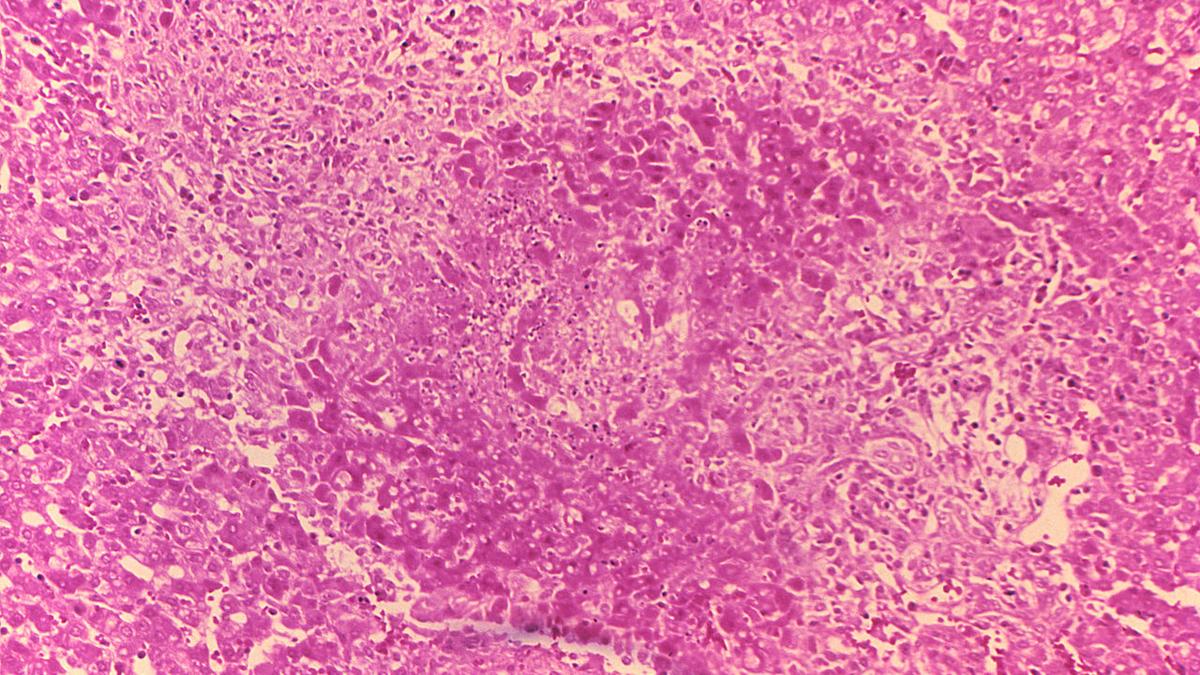Brucellosis Outbreak in Kerala

- 08 Feb 2025
In News:
An eight-year-old girl, Shasa Fathima, from Kottakkal in Malappuram district, Kerala, recently died after undergoing nearly two months of treatment for brucellosis at the Government Medical College Hospital, Kozhikode. This tragic incident has renewed public health concerns regarding zoonotic infections in India.
What is Brucellosis?
According to the World Health Organization (WHO), brucellosis is a bacterial disease caused by various species of the genus Brucella. The bacteria primarily infect: cattle, swine, goats, sheep & dogs.
Humans typically contract the infection through:
- Direct contact with infected animals or their secretions (blood, placenta, fetus, uterine fluids)
- Ingestion of contaminated animal products, especially unpasteurised milk and cheese
- Inhalation of airborne bacteria (e.g., in lab or farm environments)
Human-to-human transmission is extremely rare, as per WHO guidelines.
Symptoms and Incubation Period
- The disease presents a wide spectrum of symptoms: fever, weakness, weight loss, general discomfort or malaise.
- In many cases, symptoms may be mild or go undiagnosed. The incubation period ranges from one week to two months, most commonly between two to four weeks.
At-Risk Populations
- Brucellosis can affect individuals of all age groups. However, certain occupational groups are at higher risk, including: farmers and dairy workers, butchers, hunters, veterinarians, laboratory personnel. These individuals are often exposed to animal blood and reproductive fluids, which are primary modes of transmission.
Status in Kerala
Kerala has reported sporadic cases of brucellosis in recent years. In 2023, cases emerged from Kollam (July) and Thiruvananthapuram (October). While the disease is not new to the state, fatalities remain rare.
In response, the Department of Animal Husbandry has initiated awareness campaigns for dairy farmers and conducted milk sample testing across cooperative societies to monitor possible sources of infection.
Treatment and Prevention
Treatment typically involves a combination of antibiotics:
- Doxycycline (100 mg, twice daily for 45 days)
- Streptomycin (1 g daily for 15 days)
Effective preventive measures include:
- Vaccination of livestock (cattle, goats, sheep)
- Pasteurisation of milk and dairy products before human consumption
- Public awareness campaigns on the dangers of consuming unpasteurised animal products
- Regulatory policies on the sale of raw milk
